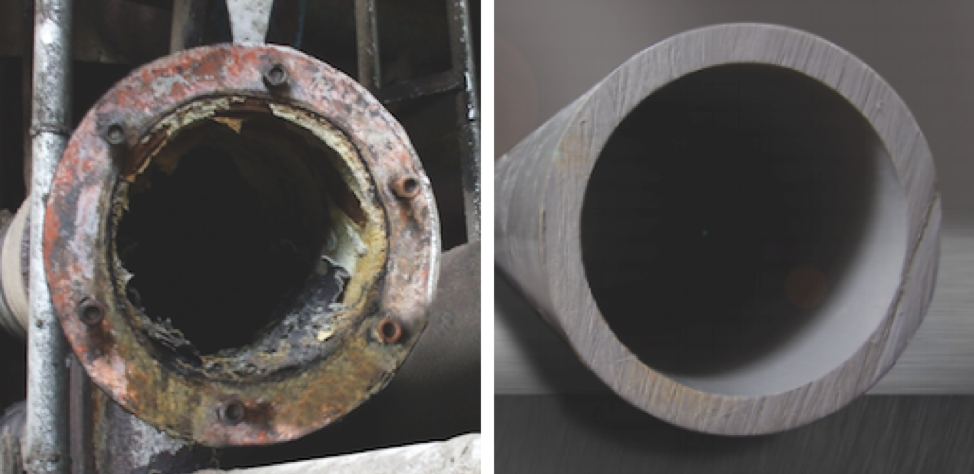Clean Water Chemistry: What Pipe Specifiers Need to Know
Combating waterborne public health problems that can arise from the potable water supply is a complex and ongoing challenge for any water utility and desalination plant.
According to the U.S. Centers for Disease Control and Prevention, who defined the guiding principles, the main objectives are to:
- Maintain water temperatures outside the ideal range for Legionella growth
- Prevent water stagnation
- Ensure adequate disinfection
- Maintain devices (such as piping) to prevent scale, corrosion and biofilm growth.
Balancing #3 and #4 requires a thorough understanding of the ways in which chlorine and other water disinfectants interact with naturally presents acids and other natural organic matter in the water supply, to produce chemical, organic and inorganic substances known as “disinfection byproducts” or DBP; the DBP can affect water pipe integrity: corroding pipes and equipment provide sinks for the bacteria to elude treatment by the residual disinfectant, disrupting the efficacy of the primary water treatment protocol.
Even without accounting for these variables, and the ongoing adjustments made to prevent and control DBP creation before the water is distributed, utilities and water desalination plants must be diligent in addressing the issues of biofilm growth on piping and the fouling of reverse osmosis membranes. Biofilm growth not only affects water quality and safety, but also is corrosive to the metallic delivery infrastructure and fouls reverse osmosis membranes by providing an ideal breeding ground for scale formation and microbiologically induced corrosion.
Why System Designers Should Be Concerned
The reason plumbing system designers need to know about this is because the potable water chemistry and disinfection protocols over which they have no control will have the exact same effects on building piping systems as they do on the systems owned and maintained by the utility. Yet how often does the choice of piping material include an assessment of how the water supply will be disinfected, or even knowledge that disinfection protocols change?
Although traditionally the oversight of biofilm buildup has been left to facility managers and maintenance professionals after the building is commissioned and in service, the reality is that specifying CPVC for hot and cold water service can bypass these problems altogether. CPVC is unaffected by all forms of chlorine disinfection and DPB. Demonstrating a smooth, consistent surface throughout its service life, a chlorinated material like CPVC carries an inherent safeguard against pitting corrosion, scale and biofilm proliferation. The material presents a cost-effective solution for providing clean potable water to harsh coastal and desert environments with growing water shortages.

In fact, CPVC is used as well as a construction material in desalination systems because it is not susceptible to attack from exposure to high chlorine levels. It handles the chemical feeds for reverse osmosis processes, including strong acids and bases, salts and reducing agents that are used to rinse ion exchange resins or in post-treatment pH adjustment and re-hardening.
Water suppliers have their hands full protecting their customers from waterborne pathogens while minimizing health risks from disinfection its byproducts disinfection. Plumbing system designers can avoid this dilemma at the building level by choosing FlowGuard CPVC, the proven material that offers water quality-protective properties over the design life of the plumbing system. Learn more about FlowGuard CPVC and read our FAQ.
.png)
-1.png)
